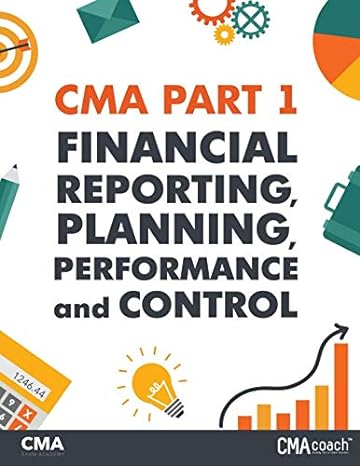Answered step by step
Verified Expert Solution
Question
1 Approved Answer
(a) The YTM on a bond is the interest rate you eam on your investment if interest rates don't change. If you actually sell the
(a) The YTM on a bond is the interest rate you eam on your investment if interest rates don't change. If you actually sell the bond before it matures, your realised return is known as the holding period yield (HPY). Suppose that today you buy an annual coupon bond with a coupon rate of 8.2 percent for 910. The bond has 7 years to maturity and a par value of 1,000. REQUIRED: i. Calculate the rate of return you expect to earn on your investment. 5 marks Two years from now, the YTM on your bond has declined by 1 percent, and you decide to sell. What price will your bond sell for? What is the realised retum (HPY) on your investment? 3 marks 5 marks (b) Vitality plc is considering a project that will result in initial after-tax cash savings of 6.5 million at the end of the first year, and these savings will grow at a rate of 3 percent per year indefinitely. The firm has a target debt-equity ratio of 0.64, a cost of equity of 13.4 percent, and an after-tax cost of debt of 5.9 percent. The cost-saving project is somewhat riskier than the usual project the firm undertakes; management uses the subjective approach and applies an adjustment factor of +1 percent to the cost of capital for such risky projects. REQUIRED: i. Calculate the required return for the project. 4 marks What is the maximum cost the company would be willing to pay for this project? 10 3 marks (c) Complexity Plc imposes a payback cutoff of three years for its international investment projects. Assume the company has the following two projects available. REQUIRED: i. Year Cash Flow A Cash Flow B 0 -52,000 -97,000 1 20,500 22,500 2 27,200 27,500 3 22,500 31,500 4 8,500 243,000 Calculate the payback period for each project. 4 marks Discuss the main disadvantages of the payback period method in the context of the two projects above. 6 marks (d) Discuss the disadvantages of using the dividend growth model to estimate the cost of equity. 3 marks
Step by Step Solution
There are 3 Steps involved in it
Step: 1

Get Instant Access to Expert-Tailored Solutions
See step-by-step solutions with expert insights and AI powered tools for academic success
Step: 2

Step: 3

Ace Your Homework with AI
Get the answers you need in no time with our AI-driven, step-by-step assistance
Get Started


